Introduction
Fried dough sticks, commonly known as “you tiao” in Chinese cuisine, are a beloved breakfast staple enjoyed across Asia. Their golden-brown exterior, crispy yet tender interior, and versatility in pairing with various dishes make them an irresistible treat. From street vendors to upscale bakeries, the humble fried dough stick holds a special place in the hearts of food enthusiasts. However, achieving the perfect you tiao is an art form that requires precision, patience, and a deep understanding of the ingredients and techniques involved. This comprehensive guide aims to demystify the process and empower you to craft delicious, homemade fried dough sticks that rival even the best street-side vendors.
Understanding the Basics

Before diving into the recipe, it’s crucial to grasp the fundamental components and principles behind making you tiao. The dough primarily consists of flour, water, yeast, and salt. The balance of these ingredients is vital; too much water can result in a sticky dough, while too little will make it dry and difficult to roll out. Yeast provides the necessary leavening, ensuring the dough rises and achieves a light, airy texture. Salt enhances flavor and aids in the dough’s development.
Selecting the Right Ingredients
-
Flour: All-purpose flour is a good starting point, but some recipes call for a blend of all-purpose and bread flour to achieve a balance between tenderness and structure. High-protein bread flour can help develop gluten, which is essential for stretching and shaping the dough.
-
Water: Room temperature water is preferred as it allows the yeast to activate more efficiently. Cold water can slow down yeast activity, while hot water can kill it altogether.
-
Yeast: Active dry yeast or instant yeast can be used. Instant yeast requires no proofing and can be mixed directly into the dry ingredients, making it more convenient for beginners.
-
Salt: Table salt or kosher salt works well. Sea salt can add a unique flavor profile but may require adjustment in quantity due to its coarser texture.
-
Oil: For frying, neutral oils like canola, vegetable, or peanut oil are ideal. They have a high smoke point, which prevents the oil from burning and ensures even frying.
Step-by-Step Recipe
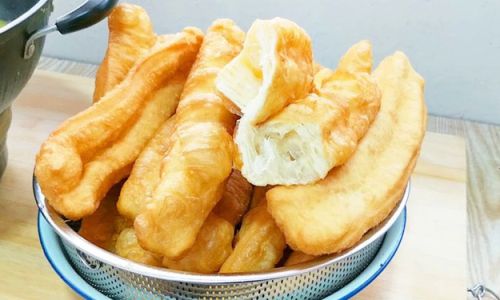
Step 1: Preparing the Dough
-
Activate the Yeast: In a small bowl, combine a quarter cup of warm water (about 110°F or 45°C) with a pinch of sugar and a packet of active dry yeast or half a packet of instant yeast. Let it sit for about 5-10 minutes until frothy and bubbly. This indicates that the yeast is active and ready to use.
-
Mix the Dry Ingredients: In a large mixing bowl, whisk together 3 cups of flour, 1 teaspoon of salt, and a pinch of baking powder (optional, for added lift).
-
Combine Wet and Dry Ingredients: Create a well in the center of the dry ingredients and pour in the activated yeast mixture along with an additional 1 cup of warm water. Gradually mix the wet and dry ingredients until a shaggy dough forms.
-
Knead the Dough: Transfer the dough to a lightly floured surface and knead for about 8-10 minutes until it becomes smooth and elastic. The dough should feel slightly tacky but not overly sticky. If it’s too sticky, add a little more flour; if it’s too dry, add a teaspoon of water.
Step 2: First Rise
-
Shape the Dough: Place the kneaded dough in a lightly oiled bowl, turning it once to coat the surface with oil. This prevents the dough from drying out and helps it rise evenly.
-
Cover and Let Rise: Cover the bowl with a clean kitchen towel or plastic wrap and let the dough rise in a warm, draft-free place for about 1-1.5 hours, or until it has doubled in size. You can create a warm environment by placing the bowl on a preheated oven rack (turned off) or using a proofing box.
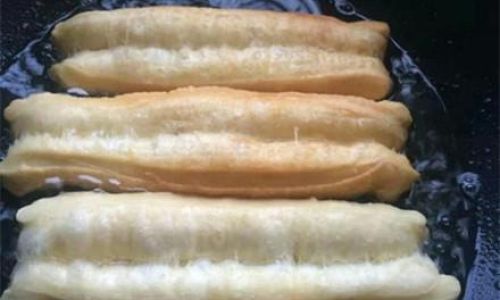
Step 3: Shaping the Dough Sticks
-
Punch Down the Dough: Once the dough has risen, gently punch it down to release any air bubbles.
-
Divide and Roll: Divide the dough into 8-10 equal portions. Roll each portion into a log about 10 inches long and 1 inch thick. You can use your hands or a rolling pin for this step.
-
Form the Classic Shape: Take two logs and place them side by side. Press them lightly together at the center, then use your fingers to gently twist them in opposite directions about halfway down. Pinch the ends together to seal. This classic shape is not only aesthetically pleasing but also helps the dough sticks cook evenly.
Step 4: Second Rise
- Cover and Let Rise Again: Place the shaped dough sticks on a lightly floured surface or a silicone baking mat, spacing them apart to allow for expansion. Cover them with a clean kitchen towel and let them rise for another 30 minutes to an hour, or until they have puffed up slightly.
Step 5: Frying the Dough Sticks
-
Heat the Oil: While the dough sticks are undergoing their second rise, pour enough oil into a deep, heavy-bottomed pot or wok to reach a depth of about 2-3 inches. Heat the oil over medium-high heat to 350-375°F (175-190°C). A candy thermometer is invaluable for maintaining the correct temperature.
-
Fry the Dough Sticks: Carefully place a few dough sticks into the hot oil, being mindful not to overcrowd the pot. They should sizzle immediately upon contact with the oil. Use chopsticks or a slotted spoon to gently flip them halfway through cooking, ensuring even browning.
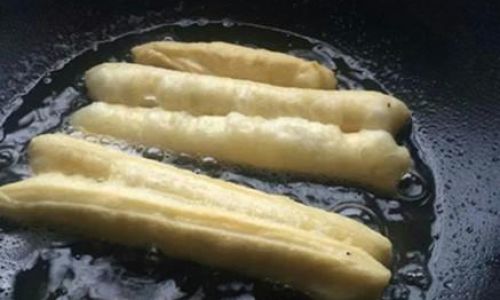
-
Timing is Key: Fry for about 2-3 minutes per batch, or until they are golden brown and cooked through. The internal temperature should reach 200°F (93°C) for optimal texture. Remove the fried dough sticks with a slotted spoon and let them drain on paper towels to remove excess oil.
Step 6: Serving and Enjoying
-
Seasoning (Optional): While still hot, you can sprinkle the fried dough sticks with a pinch of salt or a light dusting of powdered sugar for added flavor. Some people also enjoy dipping them in soy sauce or a spicy sauce for an extra kick.
-
Pairing Suggestions: You tiao are versatile and can be enjoyed on their own or paired with various dishes. They are traditionally served with soy milk or porridge for breakfast. They also make a delightful accompaniment to congee, hot pot, or even a simple bowl of noodles.
Troubleshooting and Tips
- Dough is Too Sticky: Add a little more flour, a tablespoon at a time, until the dough reaches the desired consistency.
- Dough is Too Dry: Add a teaspoon of water and knead until the dough comes together smoothly.
- Uneven Cooking: Ensure the oil is at the correct temperature and that the dough sticks are not overcrowded in the pot.
- Achieving Crispiness: The key to crispy you tiao lies in the correct frying temperature and time. Overcooking can lead to a burnt exterior, while undercooking will result in a soggy interior.
Conclusion
Crafting delicious fried dough sticks is a rewarding culinary endeavor that combines science with artistry. By following this detailed guide, you’ll be able to produce you tiao that are not only visually appealing but also bursting with flavor and texture. Remember, practice makes perfect, and with each batch, you’ll gain a deeper understanding of the process and how to tweak it to your liking. So, roll up your sleeves, fire up the stove, and embark on your journey to mastering the art of fried dough sticks. Enjoy the process and savor every crispy, golden-brown bite!

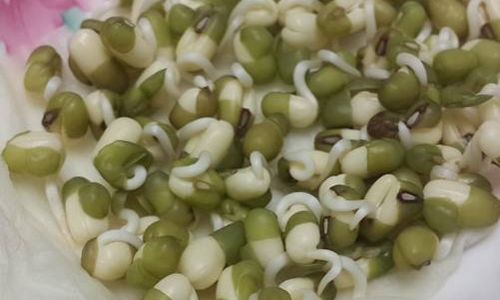
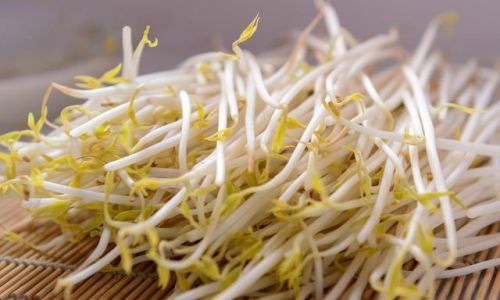

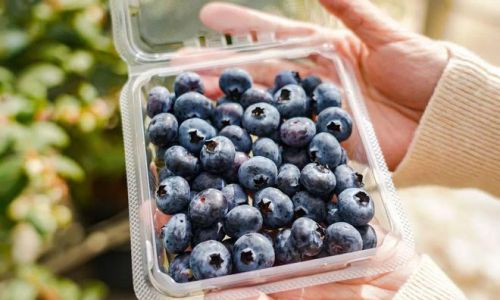
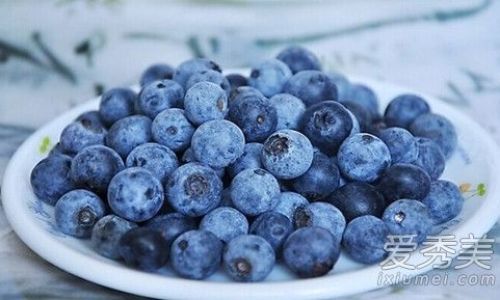
0 comments